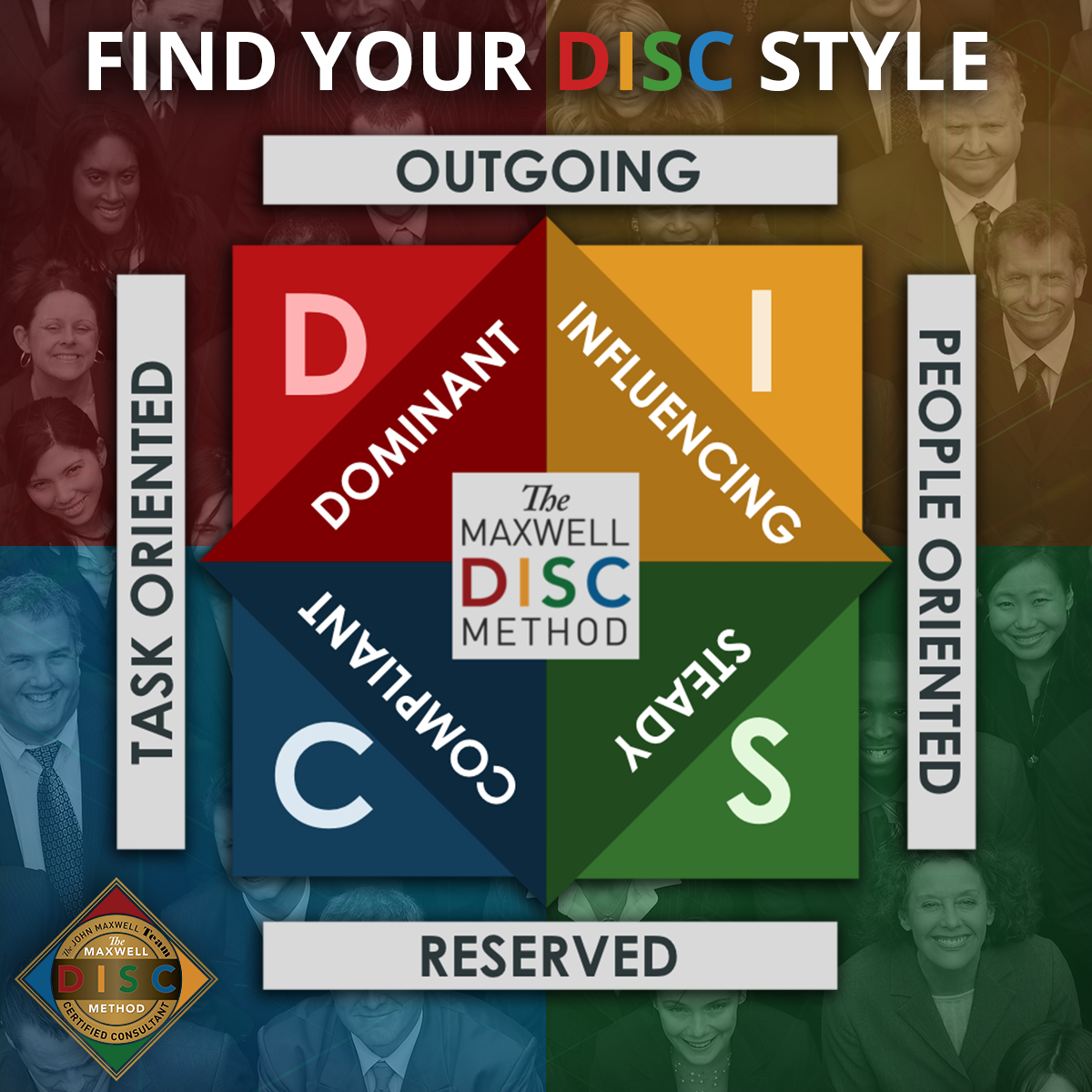
PAUL LUKERT
AUTHOR
As a Certified Maxwell Leadership Team Member and DISC Consultant with 30+ years of executive experience, I help individuals and organizations enhance their leadership skills and establish a winning team and culture.


DISCover the Secret to Effective Leadership Communication
Have you ever heard of the DISC model? It's an incredible tool that helps us understand human behavior, it is especially useful in the journey of leadership and personal growth. Analyzing behavior offers insights to guide individuals and teams toward effective communication and understanding.
As John Maxwell often reminds us, leadership isn't just about the position you hold but the influence you exert. And at the heart of that influence is the power of communication. Mastering this art can open many doors for collaboration, innovation, and mutual respect. It's a key to success in so many areas of life!
Challenge 1: Improving Communication
Communication is an essential aspect of effective leadership and teamwork. John Maxwell's book, "Everyone Communicates, Few Connect" explores the idea that while everyone communicates, only a few can connect deeply with others. The DISC model is a powerful tool that illuminates the path to speaking and establishing meaningful connections with those around us. The model categorizes behavior into four primary types, namely Dominance, Influence, Steadiness, and Conscientiousness, each with its unique language and style of interaction.
DISC Diaries- Alex's Approach
Alex, a project manager with a Dominance (D) style, often finds his directives misunderstood, leading to frustration among his team members, particularly with Emily, who has a Steadiness (S) style and values supportive communication. By understanding his D style, Alex learns to provide clear, concise directives with a tone of inclusivity and support, addressing Emily's need for clarity and acknowledgment. This adjustment in Alex's approach leads to improved morale and productivity within the team, showcasing how DISC can bridge communication gaps.
Challenge 2: Enhancing Team Cohesion
Team cohesion, the glue that binds diverse individuals into a unified force, is often challenged by the complexities of varying personalities and communication styles. In the words of John Maxwell, "Teamwork makes the dream work, but a vision becomes a nightmare when the leader has a big dream and a bad team." The DISC model serves as a compass, guiding teams to understand and appreciate the unique contributions of each member, turning potential discord into harmony.
DISC Diaries- Sarah's Spontaneity
In a software development team, Sarah (Influence - I) loves brainstorming and moving quickly on ideas, while Mark (Conscientiousness - C) prefers detailed planning and analysis before action. Initially, their approaches clash, causing delays and frustration. Through DISC, they understand each other's perspectives better. Sarah learns to appreciate the value of Mark's thoroughness as a balance to her spontaneity, while Mark sees Sarah's enthusiasm as a catalyst for innovation. Their newfound respect for each other’s styles leads to a balanced approach to projects, enhancing team cohesion and efficiency.
Challenge 3: Facilitating Conflict Resolution
Throughout any team's journey, conflicts are bound to arise. However, while conflict is inevitable, combat is optional. To help understand the underlying causes of such disputes, the DISC model provides a practical framework. By identifying the personality traits involved, the model can strategize for a resolution that respects and values each individual's perspective, ultimately leading to a more harmonious and productive team environment.
DISC Diaries- Taylor's Team
During a team meeting, Jordan (D) and Taylor (S) clash over how a new initiative should be implemented. Jordan pushes for a rapid rollout, while Taylor is concerned about the team's capacity to adapt without stress. Recognizing their different DISC styles helps the team facilitate a constructive discussion. They agree on a phased approach that satisfies Jordan's urgency for progress and Taylor's emphasis on team well-being, demonstrating how DISC can turn conflict into a collaborative resolution.
Challenge 4: Boosting Leadership Effectiveness
Leadership effectiveness is not solely about making decisions or directing teams but about inspiring, understanding, and empowering those you lead. Maxwell believes, "A leader knows the way, goes the way, and shows the way." The DISC model is instrumental in this journey, offering leaders a roadmap to adapt their leadership styles to the diverse needs of their team members, thereby maximizing each individual's potential.
DISC Diaries- Leslie's Leadership
Leslie, a leader with a high Conscientiousness (C) style, struggles to motivate her team, which comprises mostly Influence (I) and Steadiness (S) styles. Understanding the DISC framework, Leslie adapts her communication to include more personal praise and team celebrations, catering to her team's need for appreciation and harmony. This shift boosts team morale and enhances Leslie's effectiveness as a leader, as her team feels more valued and understood.
Challenge 5: Personal Development and Career Growth
The pursuit of personal development and career advancement is a lifestyle that requires a constant willingness to learn and adapt. "Change is inevitable. Growth is optional," emphasizes the importance of continuous self-improvement. The DISC model provides a valuable structure for introspection and self-awareness to facilitate this process. By utilizing this framework, individuals can identify their unique strengths and weaknesses and take proactive measures to improve themselves.
DISC Diaries- Chris's Collaboration
Chris, an aspiring leader with a strong Dominance (D) trait, receives feedback that his approach can be overly aggressive, impacting his colleague relationships. Through self-reflection and understanding his DISC profile, Chris incorporates more empathetic listening and collaborative decision-making into his leadership style. This development not only improves his professional relationships but also opens up new opportunities for career advancement, illustrating how DISC can guide personal growth and development.
The DISC model is a tool that can provide us with insight and analysis that pave a path to transformative solutions for the various challenges we face in life daily. By enhancing team cohesion, facilitating conflict resolution, improving communication, boosting leadership effectiveness, and guiding personal development and career growth, we can lead with influence, empathy, and a deep understanding of the value of people. As we conclude this growth journey together, remember John Maxwell's words: "The greatest leadership challenge is developing ourselves from the inside out."
The DISC model inspires us to become better leaders and individuals, leading and living with intention, influence, and impact. If this article resonates with you and you want to break out of the leadership "rut," DISC is a great place to start. With this powerful tool and our professional expertise, the results you seek are just on the other side of taking action. Start your transformative journey into the dynamic, effective leader you've always wanted to be. Don't let this opportunity slip through your fingers - schedule a free assessment and watch your team and career soar to new heights.
Share This

